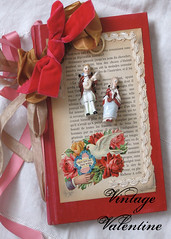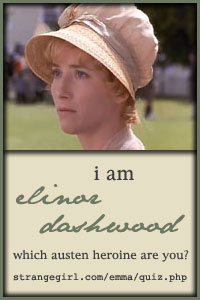
I am posting this here, because, I promised it on my Children's Blog, but I don't really want children reading the instructions. It involves a sharp knife, so I am providing links between the two posts.
I have read that the way to do this is by slipping a steak knife into the stem end of the walnut shell and working/wiggling it around the natural split. This does work, too, one time out of 50! So my thinking was that if I roasted the walnuts first, it might give way a little easier. And that worked, too! But with a much higher success ratio! I had success in fully half of the walnuts that I tried, 13 out of 26! Not to mention that this method made the walnut hearts pictured! So here we go! Please use caution. Be very careful.
Preheat oven to 250 degrees F.
Place whole shelled walnuts in a shallow oven proof pan, single layer.
Roast walnuts for 35 minutes. Odd time, I know, but it worked for me!
Cool walnuts till you are comfortable holding them.
Carefully slip the blade of a narrow bladed steak knife (non-serrated edge) into the stem end of the walnut.
Work the blade down through the meat.
Gently but firmly start to work the blade around the natural split, being very careful not to force the knife, because you don't want to cause it to slip, and, you know, cause you to shed blood.
Clear out the meats, and you have walnut halves suitable for a lot of fun crafting, for kids and adults.
Craft Suggestions:
Toy Boat - Melt paraffin into the hollow half, stick a toothpick mast in it, slip on a paper sail, and fill the bathroom sink with water for boat races!
Thumbelina Bassinet - Cut scrap fabric to size and glue in hollow half for bed linens. Glue teenie trim around the edges. Make a teensie quilt. If you are lucky, you can still find a teenie tiny plastic doll in the babyshower favor section at your florist supply, otherwise you may have to be creative and make a Thumbelina. Polly Pocket might do!
Prize Package/Ornament - Spray paint two matching halves metallic gold. Slip a teenie prize, gift, money or message inside. Use white glue (or similar craft adhesive)to affix the halves back together. You can add a ribbon or hemp loop before you seal it up if you would like to tie it on a package, or hang it from your Christmas tree branches. These can also fill a bowl for a fun party favor, think stocking stuffers... go crazy!
Mrs. Garland said...
Thank you! I make golden walnuts with little chocolates inside for a St. Nicholas gift for my 1st grade students. {I so LOVE this! You must be a magical teacher!}
Susan said...
I've been trying to find a way to open these little boogers without pulverizing them, thank you SO much for the info. I need to make 24 ornaments and I want to do little pirate ships! {Oh, how I wish I could have seen this finished product!}
louise said.... {sorry, no link} I'm going to line the halves with felt, slip in ties and a hinge, then include tiny clay animals. All I needed to figure out was your trick of roasting the nuts first-- it worked perfectly! And the bonus is the nutmeats smell and taste delicious. Thanks endlessly!! {We want to see! How precious would those little animals be!?}
Mama Roots....
While she didn't actually leave a comment, she did provide a link back to this post . . .she has an adorable idea that includes drilling tiny holes in the shells to tie them with string . . . in case you're inclined. She also thinks roasting them for a slightly shorter amount of time might make them less brittle . . . hmmm . . . I'll have to consider that . . . maybe it will result in a higher success ratio?
I'm off to restock my walnut supply! There are children needing magical delights in their stockings!






















